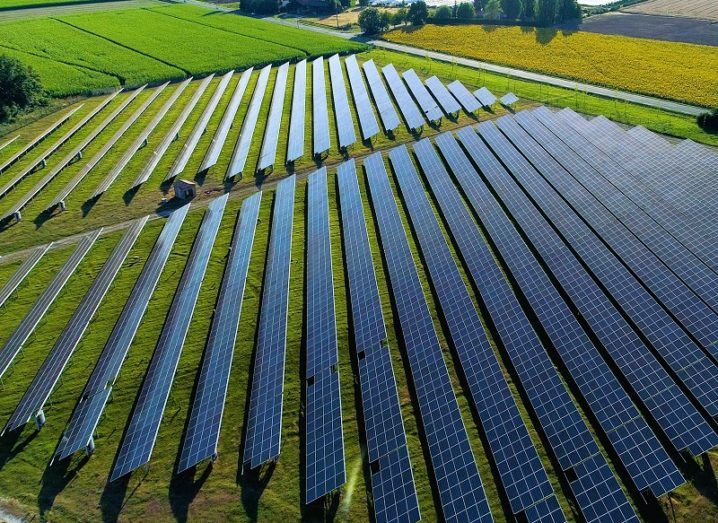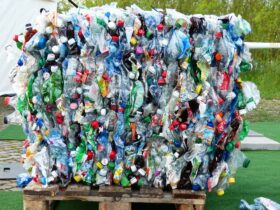Perovskite got a reputation for its unique properties – it is a cheap, somewhat efficient way to harvest energy from the sun.
Its crystalline layout can convert over a quarter of the light falling onto it into electricity.
Technically speaking, perovskite crystals composed of the right mix of materials may push the conversion efficiency to more than 30 per cent, becoming even better than silicon-powered solar cells (which is the most frequently used solar panel technology at the moment), at a much affordable price.
Though it all sounds well on paper, there is a drawback that prevents the technology from materializing.
In the attempt of achieving energy efficiencies over 25% in the conversion process, engineers rapidly understood that plenty of iodide is the key to make sure that any defects in the crystalline structure are filled.
Though the assumption was never entirely tested, researchers from the University of California, Santa Barbara in the US went back to the board to find out what’s wrong, Sciencealert repots.
They used high-performance computers to look up the quantum behaviours influencing electrons as they pass through the material.
The flaw in the system was unbelievable – The problem itself wasn’t in the perovskite cages but in the organic component, formerly believed to be an unbreakable unit – it introduced an annoying weakness.
The researchers found out that hydrogen can snap right off.
Xie Zhang, the study’s lead researchers and materials engineer, said:
“Methylammonium lead iodide is the prototypical hybrid perovskite,”
He explained that they discovered that it is surprisingly simple to break one of the bonds and remove an atom of hydrogen from the methylammonium molecule.
“When these charges get caught at the vacancy, they can no longer do useful work, such as charging a battery or powering a motor, hence the loss in efficiency,” Zhang said.












Leave a Reply